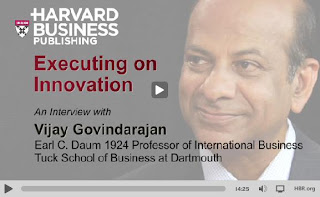“Customer Loyalty” is a figment. Business “Loyalty Programs” are nothing more than rewards-based marketing. And by rewards (aka “incentives”), I mean bribes. That we so easily refer to a customer with a bagel punch card or virtual badge as more “loyal” is an example of just how far we’ve allowed corporations to abuse the language around human relationships.
Loyalty, Sierra argues, is not something customers have for the products they love, but for the way those products help them better realize their own potential and their own vision of who and what they want to be.
The key to understanding (and ultimately benefitting from) true “customer loyalty” is to recognize and respect that customers–as people– are deeply loyal to themselves and those they love, but not to products and brands. They are loyal to their own values and the (relatively few) people and causes they truly believe in. What looks and feels like loyalty to a product, brand, company, etc. is driven by what that product, service, brand says about who we are and what we value.
In making this distinction, Sierra (half jokingly) talks about "taking a bullet" for the products and services customers are supposedly loyal to. No one, she argues, would rush into a burning building to rescue their iPad, but people would risk their lives to save that sense of who they want to be and the essential tools that help them get there.
Reading the post made me think about my own association and my members. Would any of them "take a bullet" for the organization that employs me? Some would, I think, yes. I have some passionately loyal members, and I suspect you do, too. But like Sierra says, they wouldn't take the bullet for any of the programs or services we provide. Their loyalty is not to our products, but to the way the association can help them realize a better vision of themselves and their industry.
Think about that the next time you're writing marketing copy for your membership brochure.
Image source





